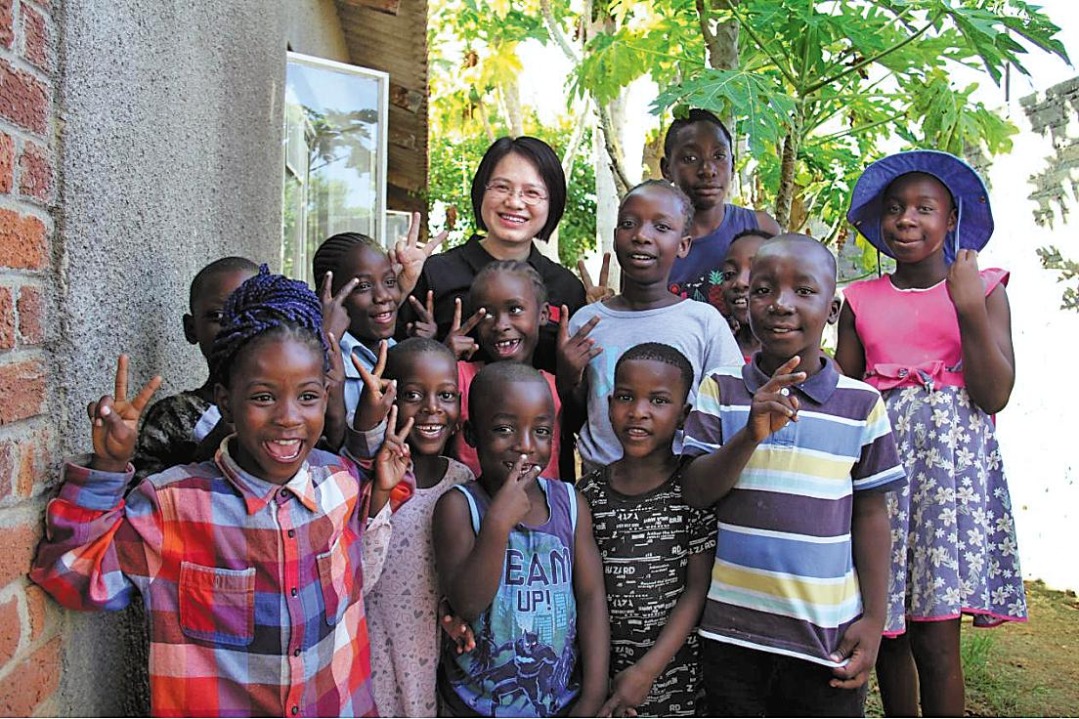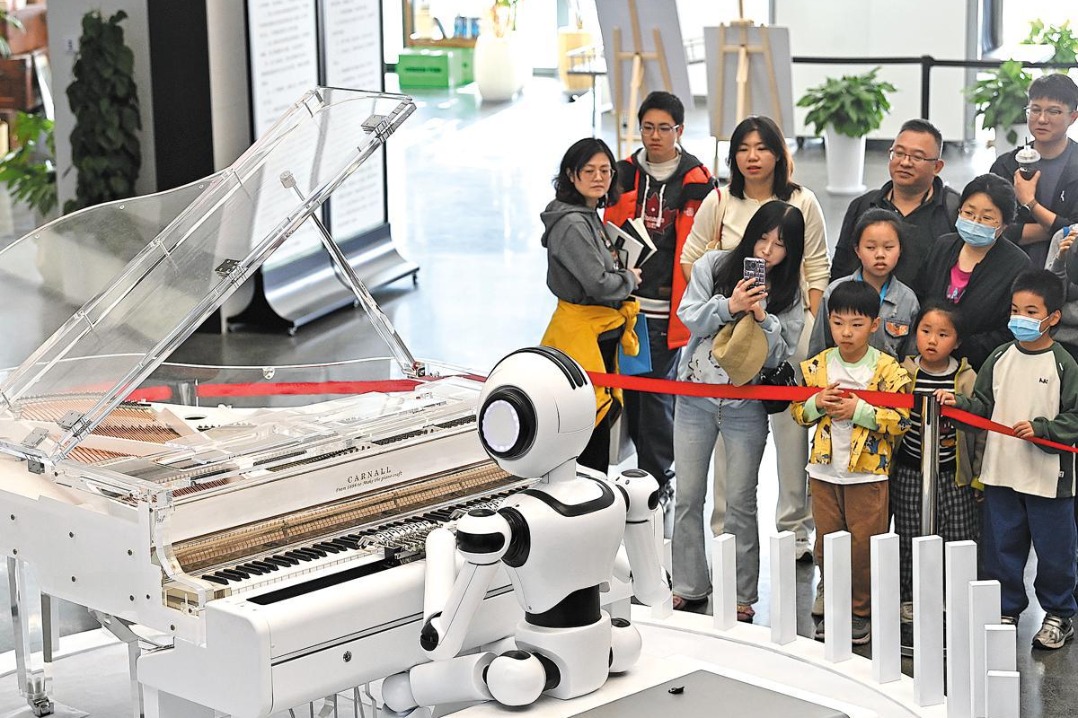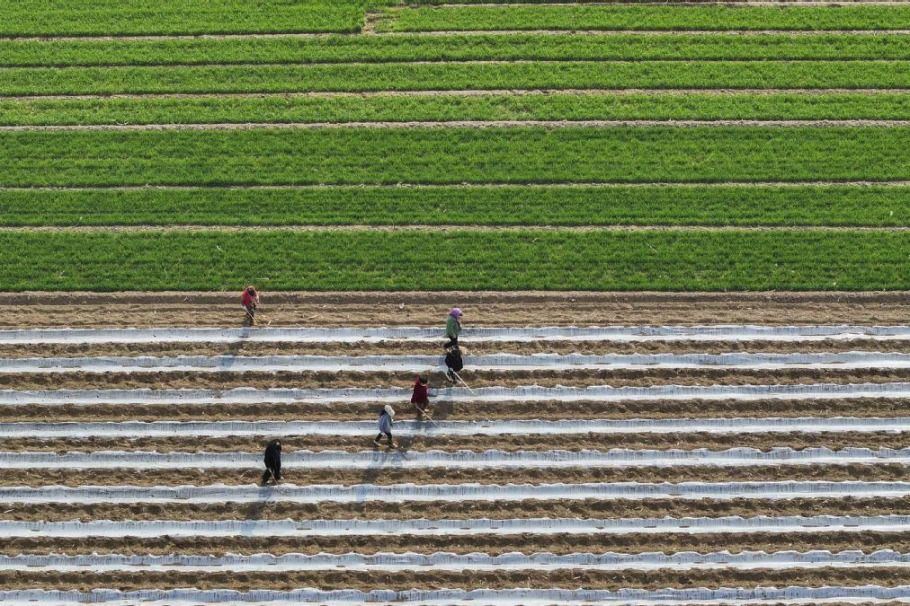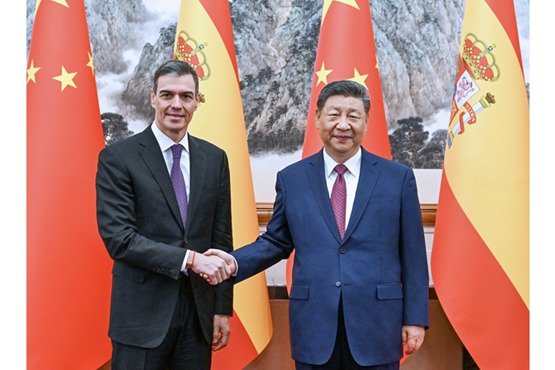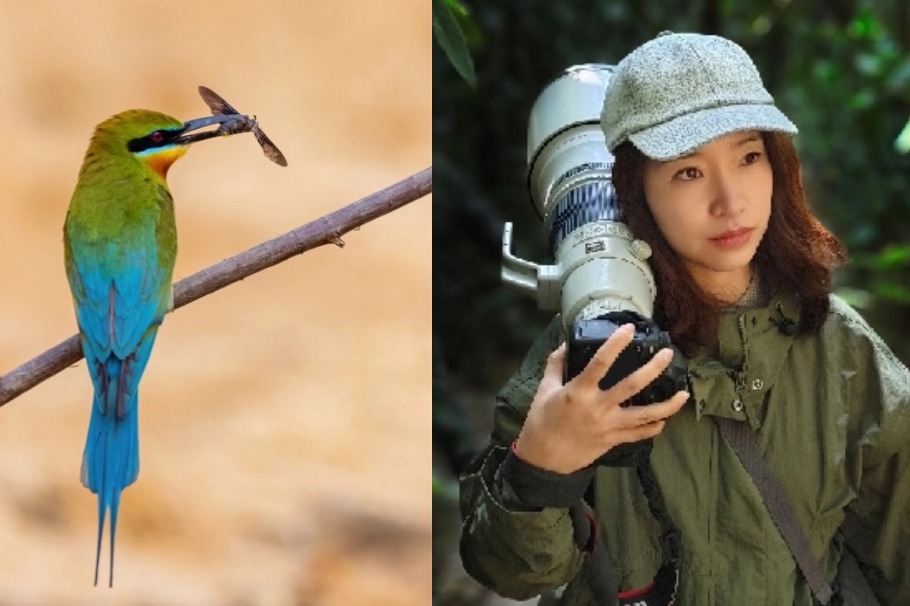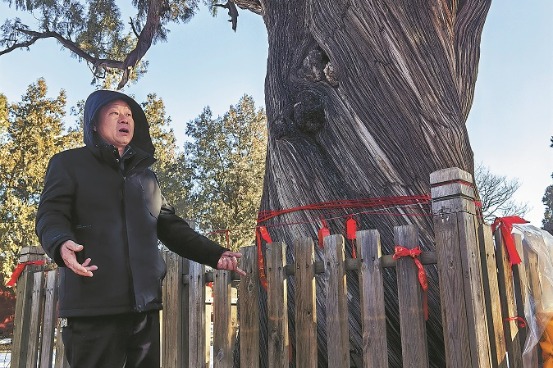Xi's Southeast Asia tour to cement neighborly bond, bolster regional cooperation

HONG KONG -- President Xi Jinping will visit Vietnam, Malaysia and Cambodia from Monday to Friday, marking his first overseas trip of the year. The journey underscores the emphasis China places on its Southeast Asian neighbors -- partners bound not only by geographical proximity, but by decades of cooperation and mutual support.
The visits aim to deepen ties and chart the course for future cooperation. From infrastructure to trade, China and its neighbors are aligning their modernization efforts. At each stop, the two sides will work together to strengthen political trust and expand practical cooperation.
The trip reflects China's broader vision of building a community with a shared future with its neighboring countries. In an era of global uncertainty, Asia's unity, coupled with the promise of common development, presents a model of stability and progress.
"CAMARADERIE PLUS BROTHERHOOD"
In October 2024, the China-Vietnam Detian-Ban Gioc Waterfall cross-border tourism cooperation zone was officially launched. Tourists from both sides of the border can now leisurely walk through the streets that seamlessly blend Chinese and Vietnamese architectural styles, while enjoying the magnificent vista of the shared waterfall. This landmark project, China's first cross-border tourism cooperation zone, stands as a testament to the strengthening of people-to-people ties between the two neighboring countries.
This year marks the 75th anniversary of China-Vietnam diplomatic relations. From their early revolutionary struggles to their current modernization efforts, the two countries have forged a profound bond featuring "camaraderie plus brotherhood."
During Xi's visit to the country in December 2023, bilateral ties were elevated to a China-Vietnam community with a shared future that carries strategic significance. Xi proposed the six major goals of "greater political mutual trust, more substantive security cooperation, deeper practical cooperation, more solid popular foundation, closer multilateral coordination and collaboration, and more proper management of differences." That laid the groundwork for the vision of building a China-Vietnam community with a shared future.
In August 2024, then Vietnamese President To Lam chose China as the destination for his first overseas visit only two weeks after being elected general secretary of the Communist Party of Vietnam Central Committee. During the visit, the two sides reaffirmed the six goals and emphasized joint efforts to advance shared development.
Trade remains the engine of their relationship. China is Vietnam's largest trading partner, and infrastructure links from rail to ports are expanding fast. Fruit from Vietnam frequents Chinese tables while Chinese raw materials and machinery fuel Vietnamese industry. The China-proposed Belt and Road Initiative (BRI) and Vietnam's Two Corridors and One Economic Circle strategy are increasingly aligned.
Under the strategic guidance of head-of-state diplomacy, Vietnam-China relations have developed rapidly in recent years, said Nguyen Thi Phuong Hoa, deputy director at the Institute of Chinese Studies of Vietnam Academy of Social Sciences. She expressed the confidence that the profound friendship between the two countries will be passed down from generation to generation.
FRIENDSHIP FORGED IN HISTORY
At the Gombak station site along Malaysia's East Coast Rail Link, cranes swing vigorously under the scorching sun while Chinese and Malaysian workers assemble steel girders together. This railway, slated for completion in 2027, stands as a prestigious project within the BRI cooperation framework. It will link Malaysia's east and west coasts for the first time, emerging as a powerful symbol of the deepening partnership between these two nations.
China-Malaysia ties run deep. From the voyages of renowned Chinese navigator Zheng He (1371-1433) to the establishment of diplomatic relations in 1974, the two countries have long enjoyed cultural affinity and strategic trust. During Xi's 2013 visit, they upgraded ties to a comprehensive strategic partnership. A decade later, the relationship was elevated again to a China-Malaysia community with a shared future.
Economic cooperation continues to thrive. China has maintained its position as Malaysia's leading trading partner for 16 consecutive years. On top of that, bilateral initiatives like the "Two Countries, Twin Parks" program, which pairs industrial zones in Qinzhou and Kuantan, have emerged as a model for regional collaboration. This partnership has spurred the expansion of port collaboration and infrastructure connection. Furthermore, Malaysian fresh durians have been on sale in the Chinese market since last August, witnessing rising popularity among Chinese consumers.
People-to-people exchanges are also flourishing. From international students to visa-free travel arrangements, cultural exchanges are growing deeper and more meaningful. Collaborative efforts now span a wide range of activities, from panda research to the joint pursuit of getting the lion dance recognized as a UNESCO intangible cultural heritage.
With Malaysia serving as the 2025 chair of ASEAN and a BRICS partner country, the two countries are working more closely on regional cooperation, with an eye on stability and shared prosperity in a shifting global landscape.
"The bilateral relationship between Malaysia and China is currently at its best," said Dato' Abdul Majid Ahmad Khan, president of the Malaysia-China Friendship Association and former Malaysian ambassador to China.
IRONCLAD FRIENDSHIP
Through towering pillars and glass walls, sunlight streams into Techo International Airport, evoking a tranquil ambiance reminiscent of standing beneath the sugar palm trees that dot the Cambodian landscape.
Scheduled to commence operations in July, the new airport constructed by a Chinese company is expected to significantly enhance the tourism capacity of Cambodian capital Phnom Penh. This project marks yet another notable milestone in China-Cambodia cooperation within the framework of the BRI.
China and Cambodia are ironclad friends who always support each other and stand together through thick and thin. Under the care of the leaders of both nations, the tree of China-Cambodia friendship has flourished, yielding a bountiful harvest of cooperation and mutual trust.
The two countries have maintained frequent high-level exchanges and strategic communication. In September 2023, Cambodian Prime Minister Hun Manet visited China on his first official trip abroad after taking office. One month later, Hun Manet was in China again to attend the third Belt and Road Forum for International Cooperation.
In December 2024, Cambodian People's Party President and Senate President Samdech Techo Hun Sen visited China. Xi said in a meeting with Hun Sen that the ironclad friendship between China and Cambodia is of high quality, while Hun Sen described China as Cambodia's most trusted friend.
Under the strategic guidance of the leaders of the two countries, the building of a China-Cambodia community with a shared future has progressed into a new era characterized by high quality, high level and high standard.
China has remained Cambodia's biggest source of foreign investment and biggest trading partner for years. The China-Cambodia free trade agreement, along with the Regional Comprehensive Economic Partnership, has given a substantial boost to trade growth between the two nations.
The two countries have seen frequent people-to-people exchanges. In 2024, various events were held to celebrate the China-Cambodia people-to-people exchange year, bringing tangible benefits to the two peoples.
With the collaborative efforts of scholars from both countries, a new Khmer version of The Customs of Cambodia, an ancient Chinese travelogue that serves as a crucial source for studying Cambodia's history, was released in April last year.
Over the decades, Chinese experts have been working with their Cambodian peers in preserving and restoring Angkor temples to revive the invaluable treasures of Cambodia.
Thong Mengdavid, a lecturer at the Institute for International Studies and Public Policy of the Royal University of Phnom Penh, said the deeply rooted Cambodia-China ties are rock-solid and unbreakable, serving as a paragon of South-South cooperation.
- Xi's Southeast Asia tour to cement neighborly bond, bolster regional cooperation
- Forum in Shanghai propels application of bionic eye technology
- Sci-tech helps protect South China biological treasure trove
- Senior CPC official urges sound implementation of governance policies for Xinjiang
- Mountain fire breaks out in North China province
- Robots revolutionizing risky mining operations

















